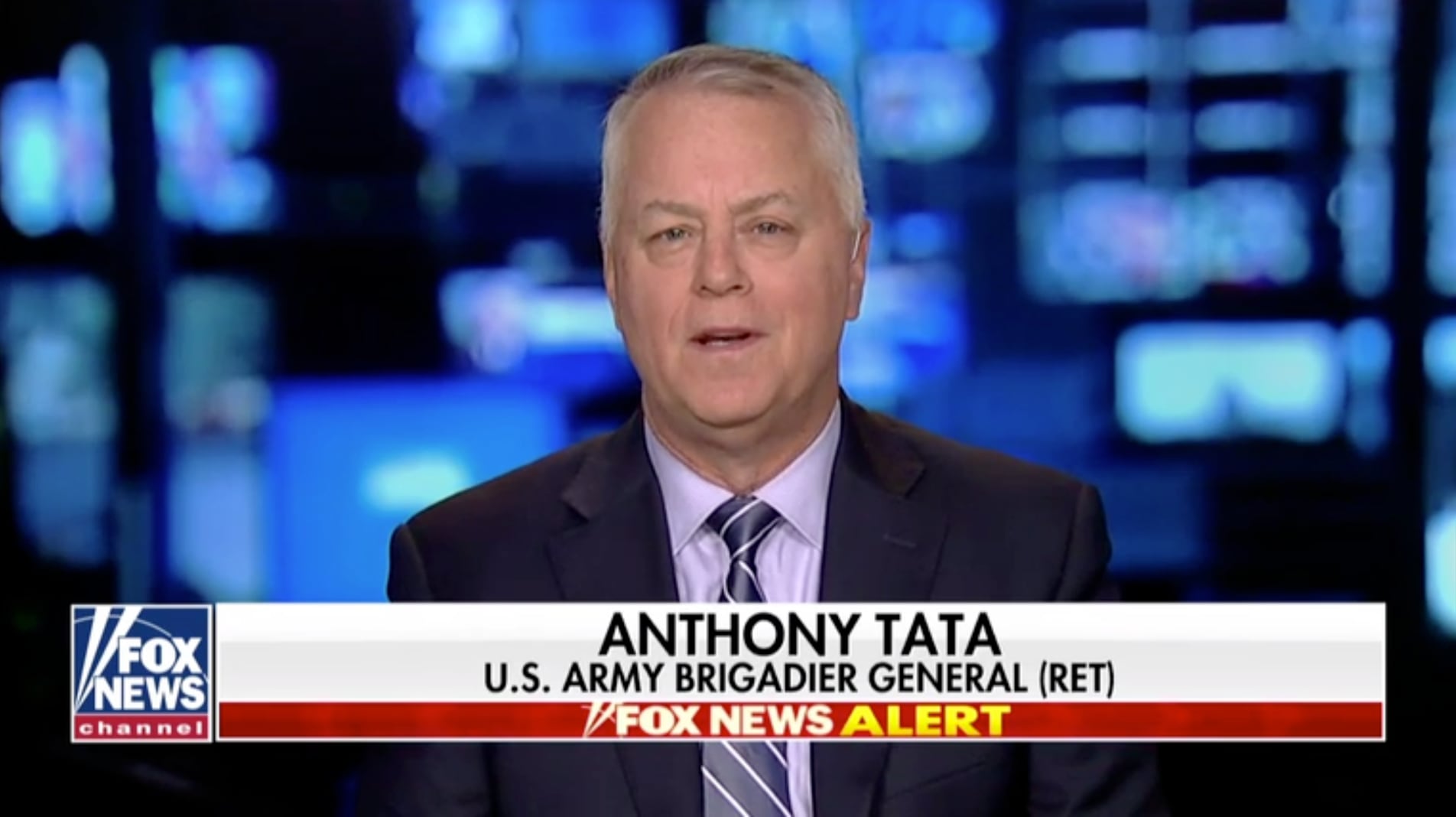VILNIUS, Lithuania — Russia’s war in Ukraine will top the agenda when U.S. President Joe Biden and his NATO counterparts hold a summit in Lithuania’s capital over two days starting Tuesday.
They are expected to focus on ensuring that Ukraine has support as long as the conflict continues, how to bring the country even closer to NATO without actually joining, and security guarantees Kyiv might need to ensure that Russia doesn’t invade again after the war ends.
The leaders meeting in Vilnius are set to endorse new defense plans in case Russian President Vladimir Putin tries to broaden Moscow’s war beyond Ukraine and westward into allied territory. They also weigh defense spending, and how to boost their budgets as aid to Ukraine eats into national military coffers.
Sweden’s accession to the 31-nation alliance is up for discussion, too, as Turkey delays the Scandinavian country’s entry into the world’s biggest security organization.
Ukraine’s NATO membership
The biggest item on NATO’s agenda is what to do about Ukraine. U.S. President George W. Bush led the charge in 2008, promising that Ukraine would become a member one day.
Now, the country is trying to fend off a full-scale invasion by NATO’s old foe Russia. The West believes that Ukraine is standing up for its interests, and countries are pouring in billions in aid, economic and military support.
NATO isn’t ready to start membership talks with Ukraine yet. But it is helping to train and modernize its armed forces and security institutions to ensure that the country can take its place among NATO’s ranks after the war is over. The summit will see a new forum for consultations created — the NATO-Ukraine Council.
Security guarantees
It’s not really a topic for NATO — more for individual allies — but it’s set to dominate talks in Vilnius.
NATO and its Western partners are discussing ways to protect Ukraine after the war from a future invasion. NATO membership offers ironclad “all for one, one for all” protection, but the 31 countries must agree unanimously on letting Ukraine in, and they’re not united on this.
Failing that, major allies like the U.S., U.K., France and Germany could pledge to shield the country from another attack. NATO and the European Union would back that military protection with more money and other aid.
It’s unlikely that any conclusions will be drawn in Vilnius, but the summit is an important moment for leaders to flesh out what those guarantees might look like.
Sweden’s NATO membership
Nearly all allies, NATO Secretary-General Jens Stoltenberg and Sweden say the country has done enough to join the military alliance. Turkish President Recep Tayyip Erdogan doesn’t agree, and he aims to steal the summit spotlight.
Sweden has given up a history of military neutrality to seek protection under NATO’s security umbrella. It has changed its anti-terror laws and lifted an arms embargo on Turkey to assuage Erdogan’s concerns.
To no avail.
The long-time Turkish leader used the issue during election campaigning last month. He’s also seeking upgraded F-16 fighter jets from the U.S., and Sweden could be leverage.
Defense spending
This is a perennial issue. The U.S. routinely flails its allies for failing to spend enough on their defense budgets. With money, arms and ammunition being poured into Ukraine, the need to boost national military budgets is a no-brainer.
The allies agreed in 2014 to move toward spending 2% of their gross domestic product on defense within a decade. The 2024 deadline approaches.
In Vilnius, the leaders will agree to make 2% the floor — that is, the least they should be spending — rather than the ceiling.
Regional defense plans
NATO is conducting the biggest revamp of its defense plans since the Cold War in case Putin decides to widen the conflict outside Ukraine.
Right now, around 40,000 troops are on standby from Estonia in the north down to Romania on the Black Sea. About 100 aircraft take to the skies each day, and 27 warships are operating in the Baltic and Mediterranean Seas.
Those numbers are set to rise. Under new defense plans, NATO aims to have up to 300,000 troops available to move to its eastern flank within 30 days. The plans divide its territory into three zones – the high north and Atlantic area, a zone north of the Alps, and another in southern Europe. The top-secret documents lay out which countries and what equipment should defend any area under threat.
Belarus
It’s not on the agenda, but NATO hopes that Belarus, Lithuania’s big neighbor, and Russia’s main backer, will play no surprise role in the summit or the war in Ukraine.
Belarus lies just 35 kilometers (22 miles) from Vilnius. Wagner mercenary leader Yevgeny Prigozhin was offered refuge there. The jury is out on how many of his fighters might join him.
“We have seen some preparations for hosting large groups of soldiers in Belarus. So far, we haven’t seen them going to Belarus,” Stoltenberg said Friday.
Belarusian President Alexander Lukashenko also said last month that his country has received Russian tactical nuclear weapons. He’s warning that he would order their use to protect his country.
NATO officials think he’s bluffing. But it’s quite possible that Putin will resume his nuclear saber-rattling again as the leaders gather in Vilnius.





